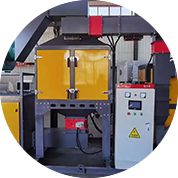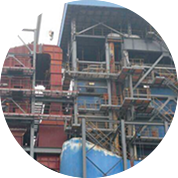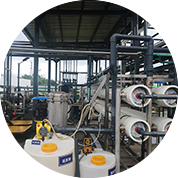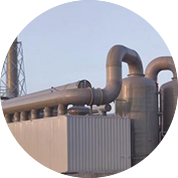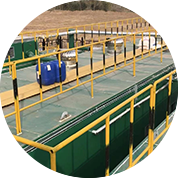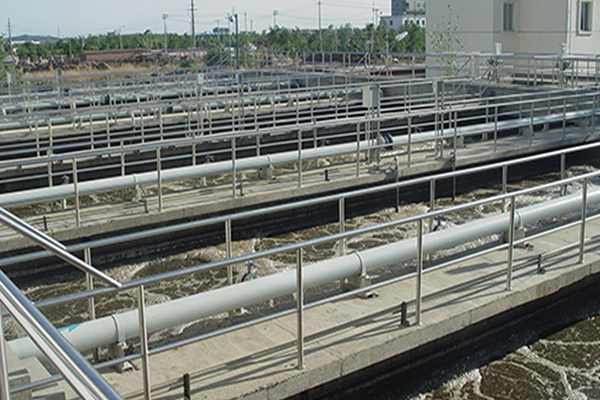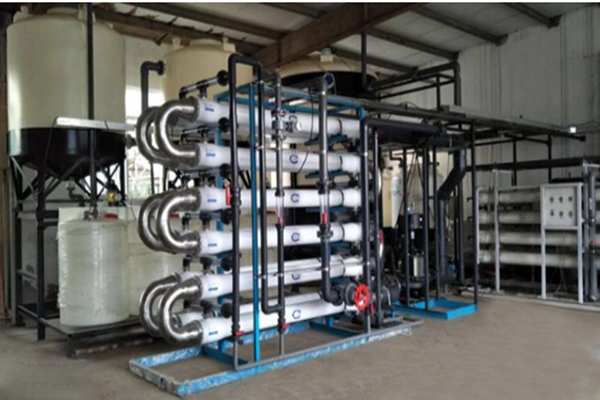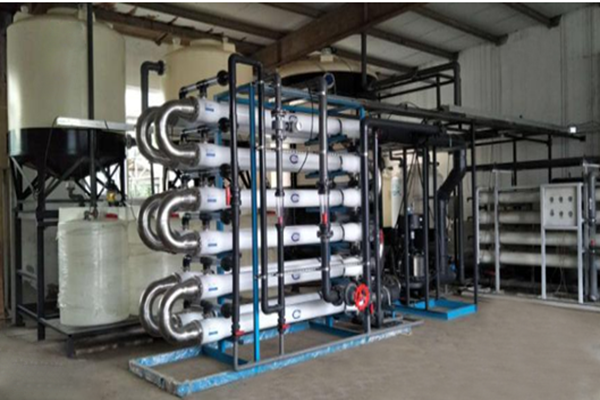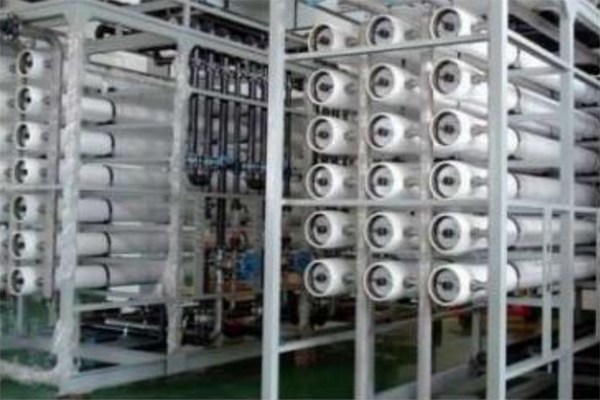
Welcome to Ruiming Environment!
News
 Hotline
Hotline
Evaluation of the effect of secondary activated carbon on VOCs treatment
Evaluation of the effect of secondary activated carbon on VOCs treatment
The secondary activated carbon adsorption method is an economical, efficient and in line with the current environmental protection requirements in the treatment of VOCs terminal in enterprises. The treatment efficiency is affected by the inlet concentration, the form of activated carbon and the air area. Among many governance technologies, this method has been recognized by the environmental protection department for its efficient and practical characteristics, and is widely used in VOCs governance.
Its working principle is based on the porous material properties of activated carbon, which has a strong adsorption capacity. In the two-stage activated carbon adsorption box, the air flow first passes through the first stage activated carbon layer to adsorb most harmful substances such as benzene, formaldehyde, VOCs, etc., and effectively remove the odor in the air. Subsequently, the air enters the second stage activated carbon layer, where the activated carbon particles are finer and the adsorption capacity is stronger, which can further remove the residual harmful substances and ensure the purity of the air.
The treatment efficiency is closely related to the inlet concentration, activated carbon form and air area. The study shows that with the increase of import concentration, the treatment efficiency is also improved. This is mainly because the higher the VOCs concentration, the higher the gas molecular activity, and the more fully in contact with activated carbon. In addition, the adsorption efficiency of cellular activated carbon is better than that of granular activated carbon because of its larger specific surface area and richer active surface functional groups. The size of the activated carbon box should be reasonably matched with the air volume of the fan to ensure that the air is fully diffused and contacted in the activated carbon layer. For granular adsorbents, the gas flow rate should be lower than 0.6 m/s; The cellular adsorbent is 1.2 m/s.
In practical application, the treatment efficiency of the primary activated carbon adsorption device is 80~85%, and the secondary activated carbon adsorption device can reach 90~98%, significantly purifying the harmful substances in the air. Activated carbon has a long service life and is renewable, reducing operating costs. At the same time, the two-stage activated carbon adsorption box has the characteristics of compact structure, small footprint, easy operation, etc., convenient installation and maintenance.
Although the secondary activated carbon adsorption method has achieved good results in the treatment of VOCs, it still faces the problem of activated carbon regeneration and replacement cycle, and needs to ensure the stable and lasting adsorption performance. In addition, for some specific types of VOCs, the adsorption effect of activated carbon may be limited. Therefore, in practical application, it is necessary to choose the appropriate treatment technology and method according to the specific situation.
In summary, the effect of secondary activated carbon in VOCs treatment is significant, efficient and practical, and it has become one of the important treatment technologies in the current environmental protection field. However, it is still necessary to pay attention to the regeneration and replacement of activated carbon, as well as the governance strategy for different types of VOCs. Through continuous research and innovation of governance technology, we can better solve the problem of VOCs emissions. Improve the natural environment, enhance the quality of living!
- More > Where does the wastewater from chemical production end up after treatment? Is it drinkable?
- More > Sewage treatment technology knowledge
- More > The advantages of electroplating sewage treatment equipment
- More > Uncovering the black technology of ethanol waste gas treatment: a new chapter of green transformation
- More > Solar torch burning equipment: the perfect integration of environmental protection and efficiency
- More > Inclined tube sedimentation tank: The optimal solution for efficient water treatment?
- More > Where is the industrial pure water equipment?
- More > Whole-house deep water purification solution: dedicated to creating a healthy and comfortable home environment
- More > Reveal it! The price of 10 tons of water purification equipment starts from the bottom, is your budget enough?
- More > Analysis of the processing flow and working principle of MBR integrated equipment
- Previous:Causes of excessive ammonia nitrogen in sewage?
- Next:Application field and working principle of spray tower
Tags for this article:Activated carbon adsorption box, secondary activated carbon adsorption box, activated carbon, organic waste gas treatment equipment, VOCs,
Shenzhen Ruiming Environmental Technology Co., Ltd.
-
 Phone:13823530689
Phone:13823530689 -
 E-mail:szrme_008@126.com
E-mail:szrme_008@126.com -
 Phone:0755-86208689
Phone:0755-86208689 -
 Address:Building 47, Xinwei Village, Xili Street, Nanshan District, Shenzhen
Address:Building 47, Xinwei Village, Xili Street, Nanshan District, Shenzhen Copyright © 2022 Building 47, Xinwei Village, Xili Street, Nanshan District, Shenzhen All Rights Reserved.
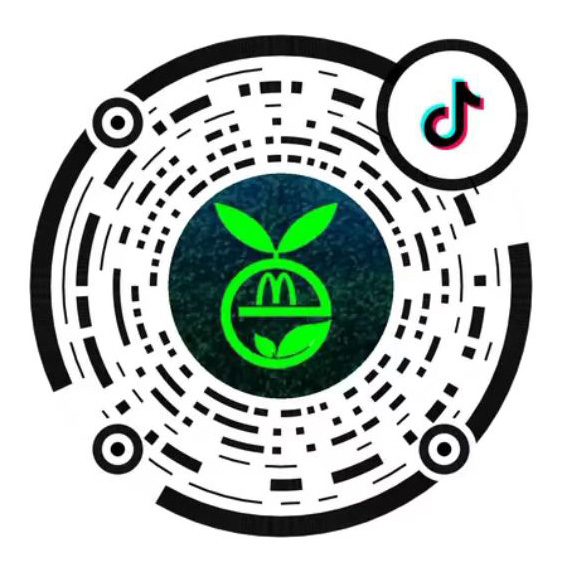 Tik Tok
Tik Tok
 Public number
Public number
Hotline:13823530689

